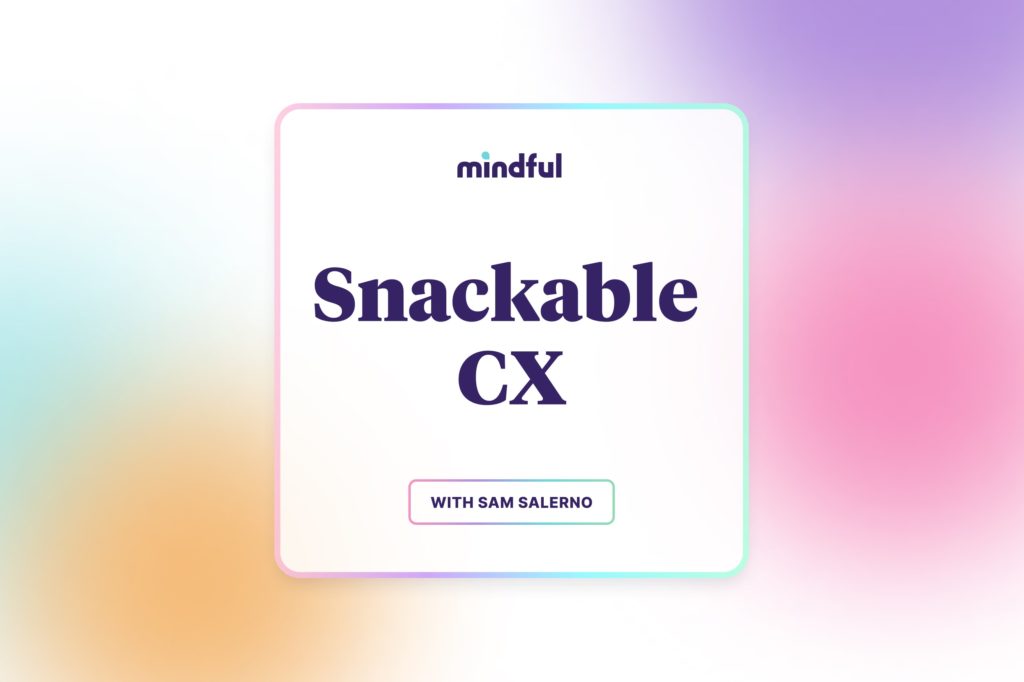Episode details
Many telephony platforms have caught on to the trend that customers actually don’t like listening to hold music—and they started adding built-in callback features as a simple, no-fee remedy that could make all those hold times woes *magically* disappear.
And, since we all like getting more bang for our buck, it sounds like a dream…until it isn’t. Enterprise brands with complex call centers soon realize that these out-of-the-box solutions really aren’t as plug-and-play as they seem. They require additional costs and resources if you want to implement them correctly, they only exist in the IVR channel, and they can throw a wrench in call flows and contact center configurations.
We hate the idea of callback getting a bad wrap, so we put together a list of what “free” callback actually costs you, and what you should look for in a real-deal customer callback solution.
This episode has been adapted from our article, “The Hidden Cost of a Free Callback Solution.” We also mention our Connecticut DOL case study in this episode.
Still hungry?
Subscribe on Apple Podcasts or Spotify to get fresh episodes each week.




